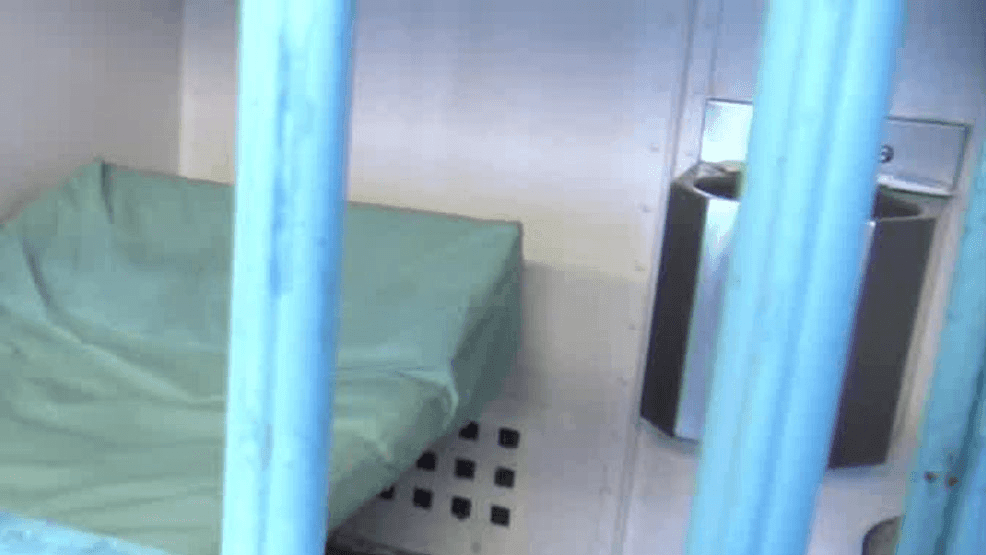Note: If you or someone you know is struggling with mental health, the 988 Suicide and Crisis Lifeline is available for 24 hours a day, 7 days a week.
The Correctional Association of New York revealed a new mental health dashboard on Tuesday, including Freedom of Information Law data provided by the New York State Office of Mental Health.
The data shows that in 2024, 25 people died by suicide inside New York’s Correctional Facilities. In 2023, that number was 12. They also found that more incarcerated individuals are seeking out mental health treatment compared to the past, but in many cases, those suicides happened within the mental health treatment centers.
“We did come away with a few few interesting takeaways,” Sumeet Sharma, Director at the Correctional Association of New York, said. “A larger number of the deaths by suicide in 2024 versus prior years are happening in the disciplinary units, so those are the regional mental health units. Those are the SHU, or special housing units, and the RR units, which are the rehabilitative units that were created, you know, after the passage of the HALT act. So, seeing that there’s been an increase in those units specifically, and a larger number of deaths by suicide in those units, tells us that, there are people who are already under a sense of duress, who are in distress in different ways, who are unable to receive right access to out of cell time or other types of treatment, which could be driving this increase in the number of suicide.”
As for reversing the trends, Sharma says the ability for Governor Hochul to announce the closure of up to three prisons by the end of the year is one tool that could be utilized, saying it would help consolidate staff to be able to address these issues more efficiently. That was a part of the FY2026 State Budget process.
He says the legislature’s passage of prison reform in 2025 could also make an impact, if signed by the Governor.
“It actually creates a number of accountability mechanisms and mechanisms towards transparency that would allow folks to know when things are going in the wrong direction, and hold people accountable who are responsible for those things going in the wrong direction,” Sharma says.
Watch the full conversation here:
